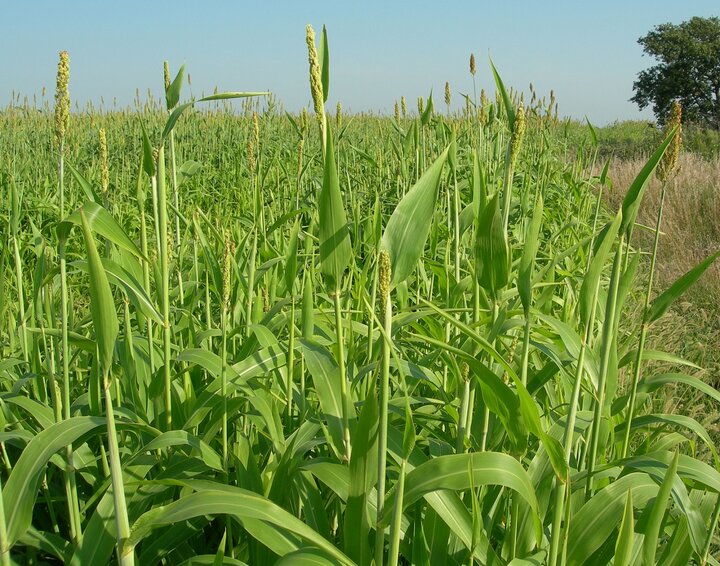Annual forages are a useful tool to help manage risk. From a crop management standpoint, they can be used to manage erosion risk and build more resilient soil profiles. From a livestock management standpoint, annual forages can provide a valuable source of additional feed resources. They can serve an important role in a cattle producer’s drought management plan and overall strategy for controlling feed costs.
When planting annual forages, producers may want to consider purchasing a crop insurance policy under the Annual Forage Insurance Plan (AFIP). To be eligible for coverage under the AFIP, producers must be planting the annual forage crops for use as livestock feed or fodder. Like the Pasture, Rangeland, Forage (PRF) insurance program, the AFIP is based on precipitation index data provided by the National Oceanic and Atmospheric Administration Climate Prediction Center (NOAA CPC). It is available for four different growing seasons tied to 3-month planting periods that cover the entire year starting July 16 and running through to July 15 the following year. Each growing season has a 6-7 month coverage period to insure precipitation levels on chosen two-month intervals.
- Growing Season 1: planting dates: Jul. 16 – Oct. 15, rainfall coverage available from Sep. 1 – Mar. 31
- Growing Season 2: planting dates: Oct. 16 – Jan. 15, rainfall coverage available from Dec. 1 – Jun. 30
- Growing Season 3: planting dates: Jan. 16 – Apr. 15, rainfall coverage available from Mar. 1 – Sept. 30
- Growing Season 4: planting dates: Apr. 16 – Jul. 15, rainfall coverage available from Jun. 1 – Nov. 30
Producers can select coverage levels ranging from 70% to 90% of the Expected Grid Index precipitation across a series of 2-month intervals spanning the rainfall coverage period for each growing season. Premium subsidies depend upon the coverage level selection and range from 51 percent to 59 percent. The signup deadline is July 15 for all four growing seasons over the next 12 months.
Since its inception in 2014, participation in the AFIP by Nebraska producers has been limited (Table 1). However, there has been an increase in use of the program the last couple of years. Overall, 75% of the policies in Nebraska earning premiums have been indemnified over the eight years the AFIP has existed and total indemnities paid to producers have exceeded premiums collected from producers by 19% as reflected by the producer loss ratio of 1.19 for policies earning premium from 2014-21.
As use of annual forages expand in Nebraska cropping rotations, the AFIP is a tool for producers to be aware of and use appropriately to manage production risk. This is especially true in dryland cropping systems where precipitation risk can affect not only the annual forage biomass production but also the soil moisture available for the subsequent crop.
A recent change to the AFIP has now made it possible to insure winter wheat as a dual purpose crop. Producers can insure winter wheat as a grazing resource under the AFIP at 40% of its forage value and also insure the grain crop under a multi-peril crop insurance policy.
Producers interested in using the Annual Forage Insurance Plan are encouraged to contact their local crop insurance agent soon. The July 15 deadline is fast approaching for insuring crops planted between July 16, 2021 and July 15, 2022. Information, including an AFIP decision support tool, is available at https://www.rma.usda.gov/en/Policy-and-Procedure/Insurance-Plans/Annual-Forage.
Topics covered:
Forages, Marketing & risk management, Marketing, budgets & management

